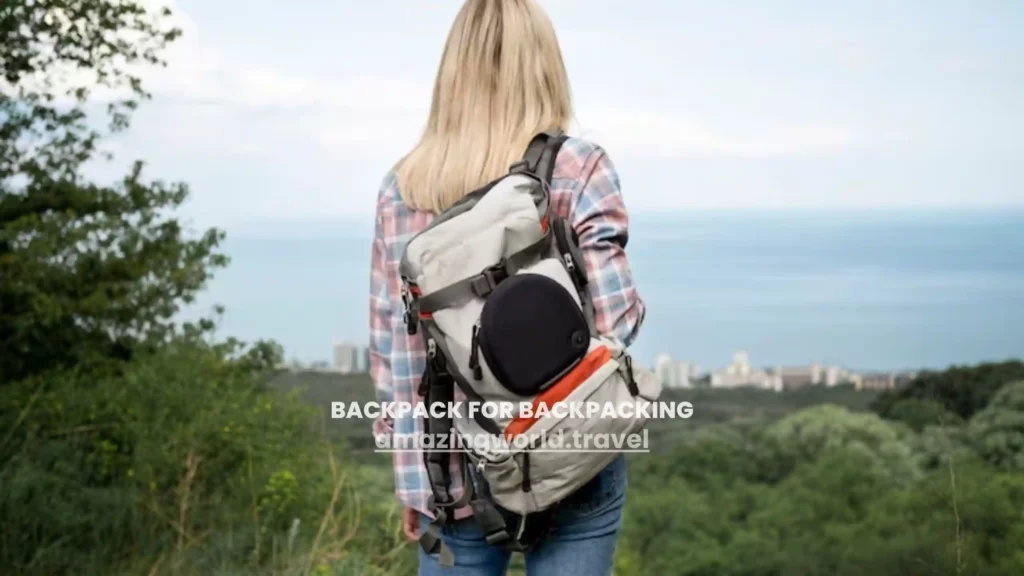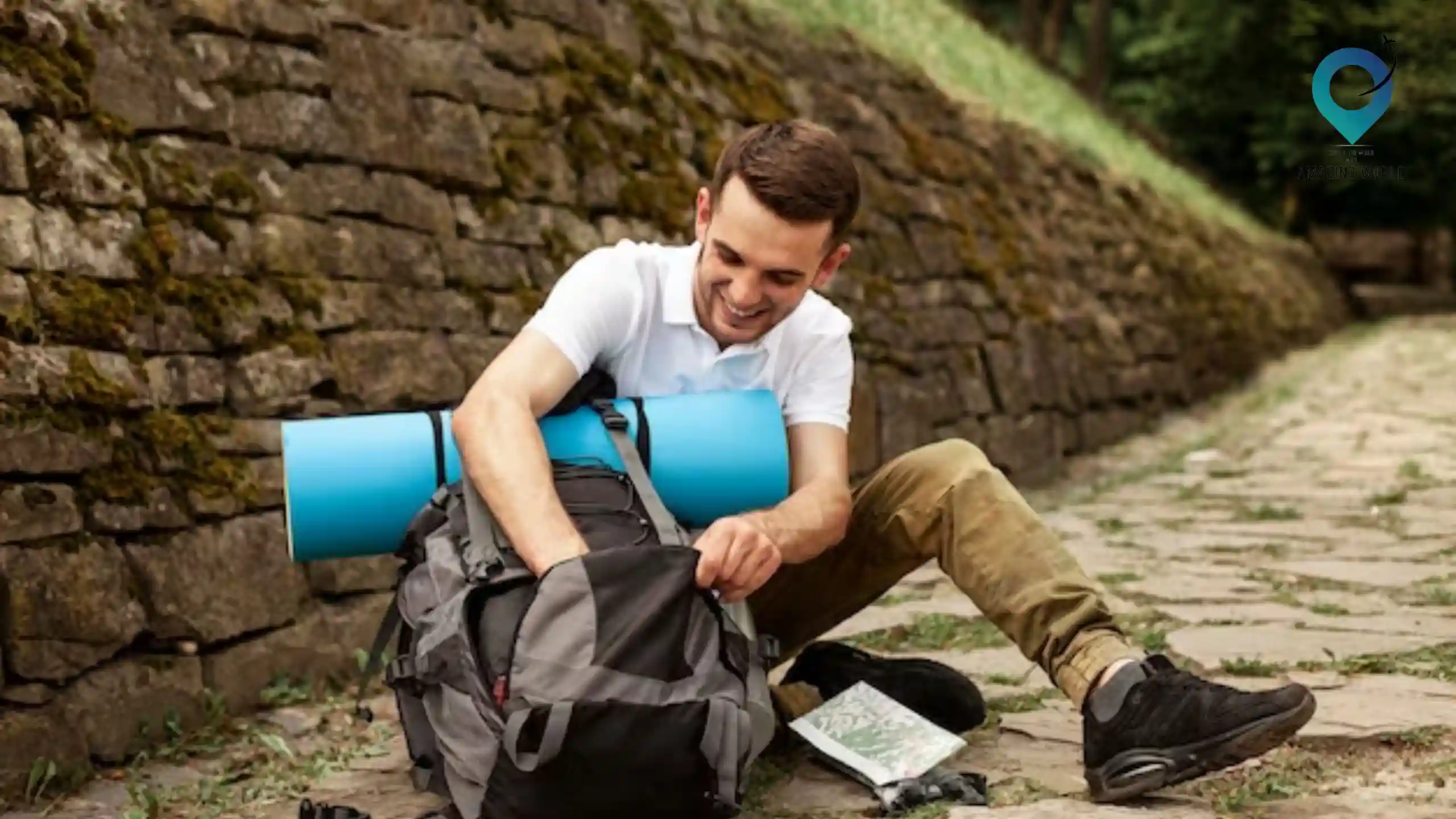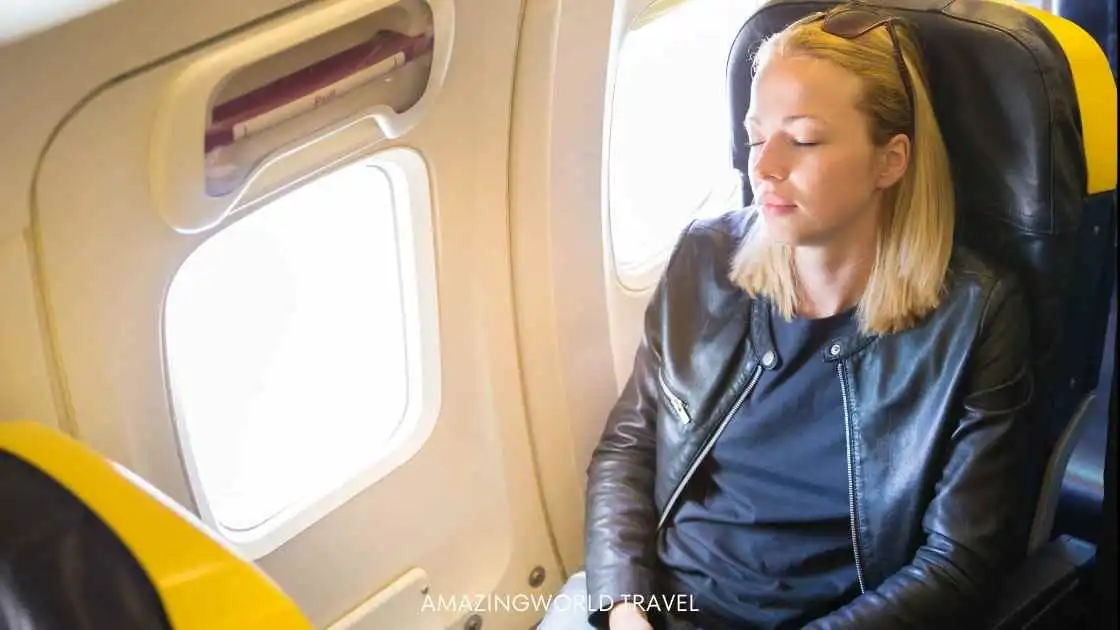How do I choose the right backpack for backpacking | Your Ultimate Guide
Table of Contents
Toggle
Backpacking is more than just a form of travel; it’s an adventure that allows you to explore the world and connect with nature in a unique way. But to fully enjoy your backpacking journey, you need the right equipment, and a backpack is the most critical piece of gear you’ll carry. The right backpack should be comfortable, durable, and spacious enough to hold all your essentials without weighing you down.
In this article, we will walk you through the process of choosing the perfect backpack for your backpacking trips. We’ll cover various aspects, including backpack sizing, fit, capacity, features, and materials. Our aim is to equip you with the knowledge and insights to make an informed decision that will enhance your backpacking experience.
So, let’s dive into the world of backpacks and discover how you can choose the right one for your backpacking adventures.
How do I choose the right backpack for backpacking?
Selecting the right backpack for your backpacking adventures is a process that involves considering several crucial factors. Let’s delve into each of these factors and explore how they influence your choice.
Understand Your Needs
The first step is to assess your specific needs for backpacking. Consider the duration of your trips, the climate of your destinations, the gear you plan to carry, and your personal preferences. Understanding your needs will help you narrow down the options that best suit your requirements.
Determine the Backpack Capacity
Backpack capacity is measured in liters and refers to the volume of the main compartment and additional pockets. The right capacity depends on the length of your trips and the gear you’ll carry. Weekend trips typically require 30 to 50 liters, while longer expeditions may need 50 to 70 liters or more.
Focus on Backpack Fit and Comfort
A well-fitted backpack is essential for a comfortable journey. Look for adjustable shoulder straps, hip belts, and back panels that conform to your body shape. Try the backpack on with weight inside to ensure an optimal fit, and pay attention to padding and ventilation for added comfort.
Weight Distribution and Support
Proper weight distribution is crucial to prevent strain on your back and shoulders. Look for backpacks with a sturdy internal frame that provides support and stability. The weight should rest on your hips rather than your shoulders to minimize fatigue.
Material and Durability
Invest in a backpack made of durable and water-resistant material to protect your belongings from the elements. Ripstop nylon and polyester are popular choices for their lightweight and sturdy characteristics.
Accessibility and Compartments
Consider the number and accessibility of compartments in the backpack. Top-loading backpacks offer simplicity, while front-loading ones provide easy access to items at the bottom. Multiple pockets and organizational features can enhance convenience during your journey.
Compression and Expandability
Compression straps help secure your load and prevent items from shifting. On the other hand, expandable compartments are useful when you need extra space for bulky gear or souvenirs.
Ventilation and Breathability
Ventilation is essential, especially if you’ll be trekking in warm climates. Look for backpacks with mesh panels and breathable materials to reduce sweating and discomfort.
Budget Considerations
While it’s tempting to opt for high-end backpacks, it’s essential to stay within your budget. There are plenty of quality options available at different price points, so choose wisely based on your needs and budget constraints.
Brand Reputation and Reviews
Research reputable backpack brands are known for their quality and durability. Reading reviews from fellow backpackers can provide valuable insights into the performance and reliability of different models.
Test and Compare
Visit a specialty outdoor store to try on different backpacks and compare their features. Don’t rush into a decision; take your time to find the one that feels perfect for you.
What are the Different Types of Backpacks for Backpacking?
Choosing the right type of backpack that aligns with your needs is crucial. Let’s explore the various types of backpacks available for backpacking adventures.
Internal Frame Backpacks
Internal frame backpacks are popular among backpackers as they offer excellent weight distribution and stability. The frame is hidden within the pack, making it sleek and easier to maneuver.
External Frame Backpacks
External frame backpacks are ideal for carrying heavy loads. They have a visible metal frame that provides ample support and keeps the pack away from your back, allowing better ventilation.
Daypacks
Daypacks are smaller, lightweight backpacks designed for short hikes or day trips. They are perfect for carrying essential items like water, snacks, and a camera.
Ultralight Backpacks
Ultralight backpacks are designed for minimalist backpackers who prioritize weight savings. They are lightweight and often have simple designs with fewer features.
Hydration Packs
Hydration packs are compact backpacks with a built-in water reservoir and a drinking tube. They are great for staying hydrated during strenuous activities.
Women-Specific Backpacks
Women-specific backpacks are designed to accommodate the anatomical differences of female backpackers. They offer a better fit and comfort for women.
Child Carriers
For adventurous parents, child carriers allow you to bring your young children along on hikes comfortably and securely.
How to Properly Pack a Backpack for Backpacking?
Packing your backpack efficiently is essential for a comfortable journey and easy access to your belongings. Follow these tips to pack your backpack like a pro.
Start with Essentials
Begin by gathering and packing the essential items that you’ll need during your backpacking trip. These essentials typically include:
Shelter: Depending on your trip’s duration and location, pack a lightweight and compact tent or a reliable hammock for shelter.
Sleeping Bag: Choose a sleeping bag suitable for the weather conditions you expect during your trip.
Clothing: Pack appropriate clothing for various weather conditions, including moisture-wicking base layers, insulating layers, and a waterproof and windproof outer layer.
Food and Water: Carry lightweight and non-perishable food items, as well as a water filter or purification tablets to ensure a safe and adequate water supply.
Cooking Gear: Bring a compact and lightweight stove, a pot, and basic cooking utensils for preparing meals.
Navigation Tools: Carry a detailed map, compass, or GPS device to help you navigate your route accurately.
First Aid Kit: Assemble a basic first aid kit with essentials like bandages, pain relievers, and antiseptic wipes.
Emergency Supplies: Include items such as a whistle, a headlamp with extra batteries, a fire starter, and a multi-tool for emergency situations.
Utilize Compartments Wisely
When packing your backpack, make use of its compartments and pockets wisely to organize your gear effectively. Follow these tips:
Heavy Items Closest to Your Back: Place the heaviest items, such as your tent and cooking gear, closest to your back to maintain balance and stability.
Lightweight Items on Top: Pack lighter items like clothing and sleeping bags towards the top of your backpack for easy access.
Use Stuff Sacks or Packing Cubes: Group smaller items together in stuff sacks or packing cubes to keep them organized and prevent them from getting lost in your backpack.
Keep Essentials Accessible: Store frequently used items like snacks, a water bottle, and a map in easily accessible pockets or on the top lid of your backpack.
Secure Loose Items: Use compression straps or bungee cords to secure any loose items on the outside of your backpack.
Packing Cubes or Dry Bags
To further enhance your backpacking organization, consider using packing cubes or dry bags. Packing cubes are lightweight, rectangular fabric containers that come in various sizes. They help keep your clothing and gear neatly separated and organized within your backpack.
Dry bags, on the other hand, are waterproof and ideal for protecting your essentials from moisture, ensuring your gear stays dry during wet weather or river crossings. By using packing cubes or dry bags, you’ll prevent your belongings from becoming a jumbled mess and save time finding what you need.
Roll or Fold Clothing
When it comes to packing your clothing, you have two main options: rolling or folding. Rolling clothing items can save space and prevent wrinkles, while folding might be more suitable for delicate fabrics.
Experiment with both methods to see which one works best for your backpack and the type of clothing you’re bringing. Additionally, consider using compression bags or compression straps to further compact your clothes, maximizing space within your backpack.
Secure Fragile Items
If you’re carrying any fragile items like electronics or glass containers, ensure they are securely packed and well-protected. Use soft clothing or bubble wrap to provide cushioning, and place these items in the middle of your backpack, surrounded by softer items to create a buffer. Fragile items should be kept away from the edges to minimize the risk of damage from impacts or pressure.
Secure Loose Straps
Once you’ve packed your backpack, it’s essential to secure any loose straps to avoid them getting caught on branches or other objects during your hike. Most backpacks come with compression straps or buckles that can be used to tighten and secure any loose straps.
By doing so, you’ll maintain a streamlined profile and prevent straps from flapping around as you move, ensuring a more comfortable and hassle-free backpacking experience.
Conclusion
Choosing the right backpack for backpacking is a critical decision that significantly impacts your outdoor experiences. By understanding your needs, considering important factors such as fit, capacity, and durability, and exploring the various types of backpacks available, you can make an informed choice.
Remember to take your time, try on different options, and consider reviews and recommendations from fellow adventurers. With the perfect backpack by your side, you can embark on memorable backpacking journeys filled with excitement, comfort, and adventure.
How much did you like Our detailed How do I choose the right backpack for backpacking | Your Ultimate Guide? Review Also, please share these Blogs with your friends on social media.
Related Article –
- Road Trips Ideas | 12 Tips to Prepare Your Car for a Long Road Trip?
- 150 Best Places to Visit in the United States In 2023
- Road Trip With Kids
- How to Stay Awake While Driving Long Distances
- Audiobooks to Listen to On Your Road Trip
- How to Create an Epic Itinerary Road Trip
- Best Rental Cars For Travel Adventures
backpack for backpacking FAQs
How do I choose the right backpack size?
To select the right backpack size, consider the duration of your trips and the gear you’ll carry. Short trips require smaller capacities, while longer expeditions need larger ones.
Can I use a regular backpack for backpacking?
Regular backpacks may not provide the necessary support and features required for backpacking. It’s best to invest in a backpack specifically designed for outdoor adventures.
What should I look for in backpack shoulder straps?
Look for padded and adjustable shoulder straps that fit comfortably over your shoulders without digging in.
How do I measure my torso length for backpack fit?
Measure your torso length from the base of your neck to the top of your hip bones. Match this measurement to the torso length specified by the backpack manufacturer.
Can I use a hiking backpack for air travel?
Yes, hiking backpacks can be used for air travel. However, make sure to check airline size and weight restrictions to avoid any issues.
How do I clean my backpack after a trip?
Clean your backpack by hand using mild soap and water. Avoid machine washing, as it may damage the backpack and affect its water-resistant properties.

Meet David Hoper, a passionate travel Blog writer with 7+ years of experience in travel content. Through his exemplary storytelling and engaging narratives, he shares his experiences and brings destinations to life. With a keen eye for detail and a love for exploration, he has cultivated a diverse portfolio of travel blogs that inspire and inform readers worldwide.








